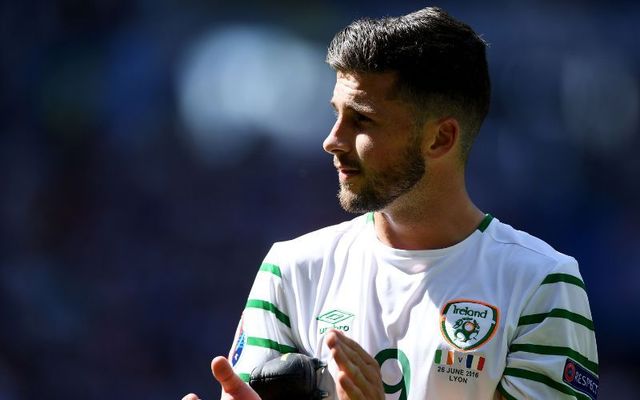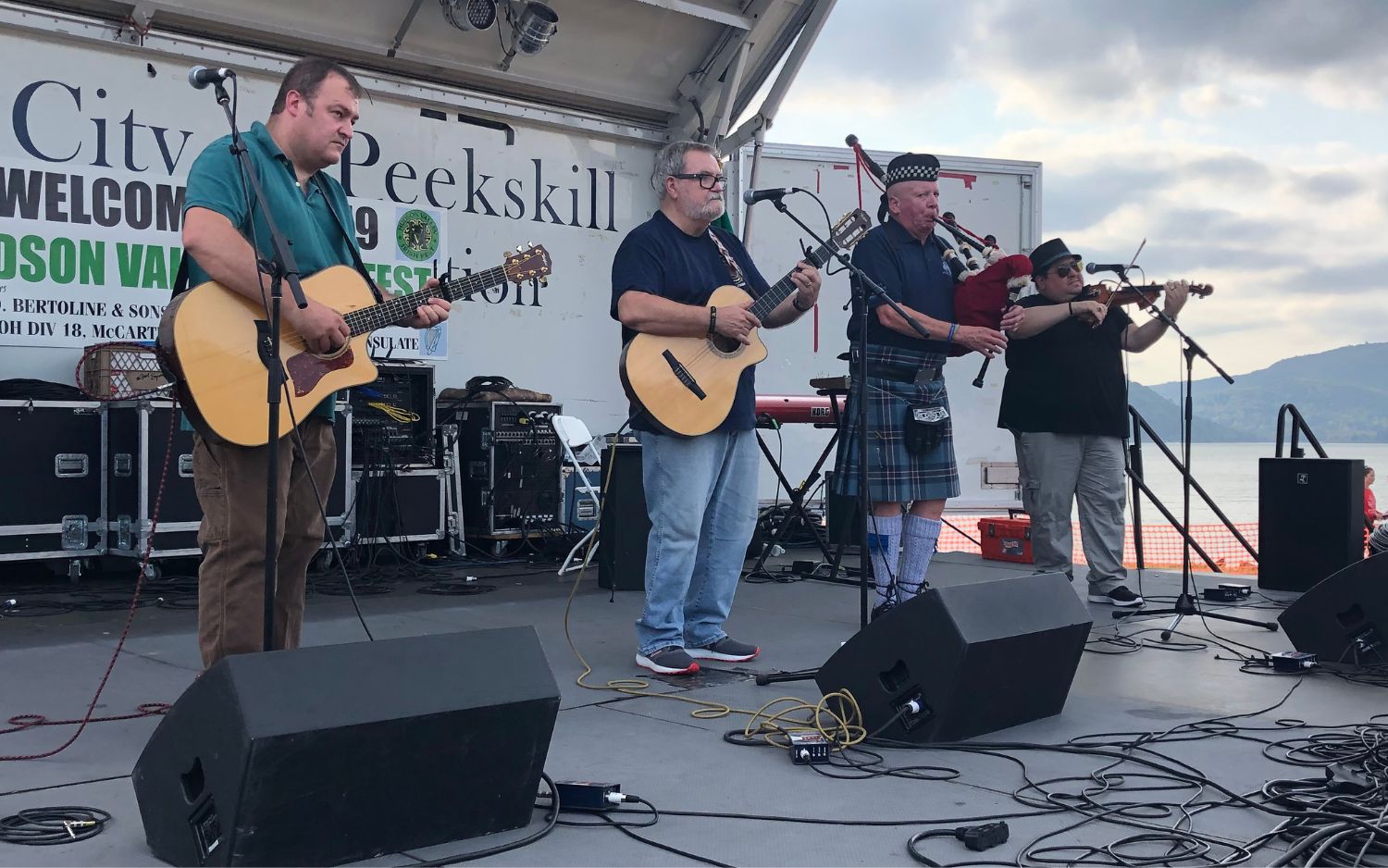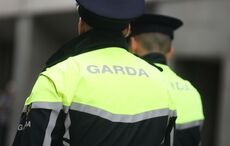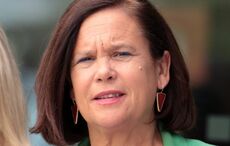The Football Association of Ireland (FAI) will launch new logos for its international teams in the coming weeks in the hope of attracting big-name sponsors.
Ireland's international men's football team has been without a shirt sponsor since 2019 and the FAI hopes that a rebrand of its crests will help improve its standing in the corporate world.
FAI Chief Executive Jonathan Hill confirmed the rebranding at the reconvening of the FAI's AGM on January 21, 2023.
Hill said the logo would be launched as part of the announcement of a new kit supplier in the coming weeks.
He added that the launch of a new crest will give the FAI a "new identity".
"I think we will have a very sensible and attractive group of crests and brands and logos, which is important. It’s important for everyone in the game, and it’s important for us when we go out and speak to sponsors," Hill said at the FAI AGM earlier in January.
He added that it was logical for the new logo to be launched alongside the new shirt deal, which is set to be announced before Ireland's Euro 2024 qualifier against France in March. The FAI has reportedly agreed on a deal with United Kingdom kit supplier Castore in a deal reported to be lucrative for the financially struggling association.
At the end of last year, the FAI announced that it was ending its long-standing partnership with JACC Sports, which provided Ireland with Umbro and NewBalance kits in recent years. The company has since gone into liquidation with unpaid debts of roughly €13 million.
So confirmation from @FAIreland that a new crest is to be revealed before the March qualifiers. For many years I've called for the #FAI to #bringbacktheshamrock ☘️ as a key part of Irish ⚽ identify. A new Ireland kit supplier en route at the same time. ☘️ #COYBIG ?? pic.twitter.com/EHD0ZGaMfY
— IrelandSoccerShirts (@irelandsocshirt) January 22, 2023
Meanwhile, the FAI announced last July that it remains in €63.5 million worth of debt.
The association introduced Ireland's current crest in 2004 to the general disappointment of football fans in the country, with many preferring previous crests used when Ireland qualified for the World Cup in 1990, 1994, and 2002.




Comments